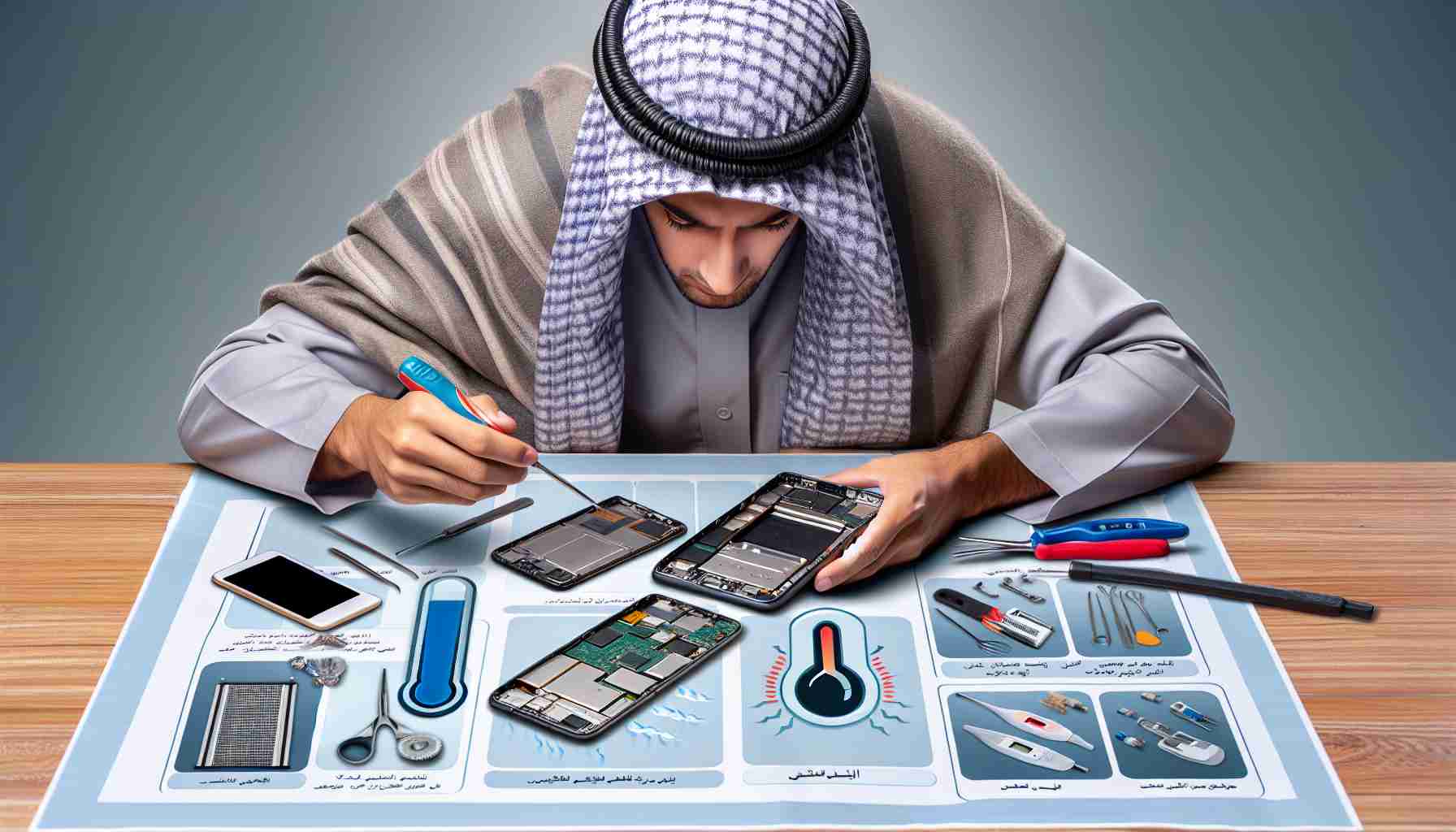Smartphone Overheating: Common Causes and Prevention
Smartphones are an essential part of daily life, providing a vast array of services and functionalities. Nevertheless, a prevalent problem faced by many users is that of their devices overheating. The issue persists across various smartphone models and can arise from a multitude of factors.
Environmental Influence on Device Temperature
One of the foremost contributors to a smartphone’s excessive heat is the surrounding climate. Devices used in areas with elevated temperatures are prone to overheating, making it necessary to keep them away from direct sunlight and hot environments.
Excessive Strain During Charging
It’s not uncommon for users to engage with their smartphones while they are charging, which can result in the device warming up quickly. To ensure the longevity of the smartphone’s battery, it is beneficial to reduce its usage while it power ups.
Battery Condition and Smartphone Heat
The health of a smartphone’s battery can directly affect how much heat it generates. A compromised battery can cause the device to heat excessively, thus, a regular check on the battery’s condition is recommended.
Impact of Intense Usage and Processor Limitations
Engaging in activities that demand substantial processing power, like advanced gaming or streaming content for extended periods, can overwhelm the processors, especially in models not designed to handle such tasks, leading to overheating.
Consequences of Multitasking and Background Processes
A seldom-acknowledged cause of overheating is the habit of leaving numerous apps active. This can put unnecessary strain on the device’s resources, causing it to heat up as it attempts to support multiple operations.
Software Updates as a Cooling Aid
The use of outdated software can additionally contribute to overheating as it may not be optimized for efficient performance. Regular updates are essential for maintaining optimal operation and preventing overheating.
Keeping smartphones cool involves adopting specific strategies, which include updating software regularly, avoiding phone usage while charging, routinely restarting the device, uninstalling unnecessary applications, and monitoring active background processes. These actions can significantly extend the life and functionality of smartphones.
Understanding and Addressing Smartphone Overheating Issues
Smartphone overheating is a common concern for many users, as it not only hampers the functionality of the device but can also pose safety risks. Here, we delve into potential causes, challenges, and strategies to prevent overheating, along with the advantages and disadvantages of the measures taken.
Importance of Thermal Management in Smartphones
The evolution of smartphones into powerful computing devices means they generate more heat. Proper thermal management is critical. For instance, manufacturers often implement heat dissipation methods, such as heat pipes or graphite sheets within the phone’s design. Failure to manage heat effectively can result in performance throttling, reduced battery life, or in extreme cases, physical damage to the device.
Questions & Answers
Q: What can I do if my smartphone starts overheating?
A: If you notice your smartphone overheating, stop using it and turn off any unnecessary functions or apps. Move it to a cooler environment, away from direct sunlight. Allow it to cool down before resuming use.
Q: Can using non-original chargers cause smartphones to overheat?
A: Yes, using chargers that are not approved by the phone manufacturer can cause overheating due to possible mismatches in voltage or amperage, posing a hazard to both the battery and the smartphone.
Key Challenges
One challenge in addressing smartphone overheating is that it’s often a symptom of multiple issues, which makes diagnosis difficult. Additionally, user habits vary widely, and what causes overheating in one scenario may not be the same in another. Manufacturers also face the challenge of balancing performance with heat management, especially in sleek designs where space for cooling solutions is limited.
Controversies
Recently, there have been controversies around smartphones that have caught fire or exploded due to overheating issues, leading to recalls and significant scrutiny over battery and device safety standards.
Advantages and Disadvantages of Preventative Measures
Advantages:
– Regular software updates keep the system efficient, thereby reducing heat generation.
– Avoiding excessive use and multitasking can extend battery life and improve overall device performance.
– Monitoring and closing unnecessary background apps can free up RAM and reduce processor load.
Disadvantages:
– Applying these measures may require changing user habits, which can be inconvenient.
– Some preventative actions, like not using the phone while charging, might limit the usability for individuals who rely on their device for continuous productivity.
For more information on smartphone technology and care, visit leading tech blogs and manufacturer support pages, such as Apple or Samsung.
It’s crucial to have the correct information to manage smartphone overheating. By staying informed and implementing a combination of good habits and practical measures, users can alleviate the issue of overheating and enjoy the full potential of their devices.
